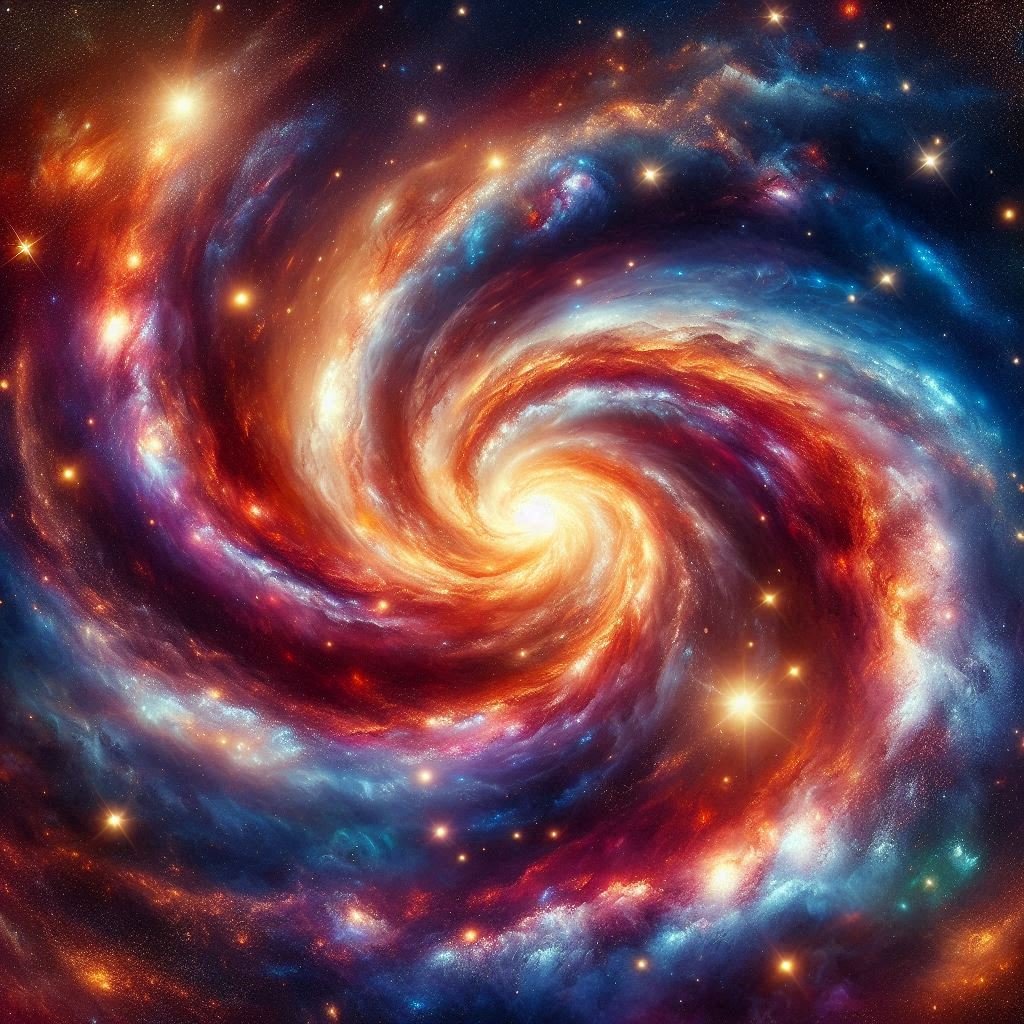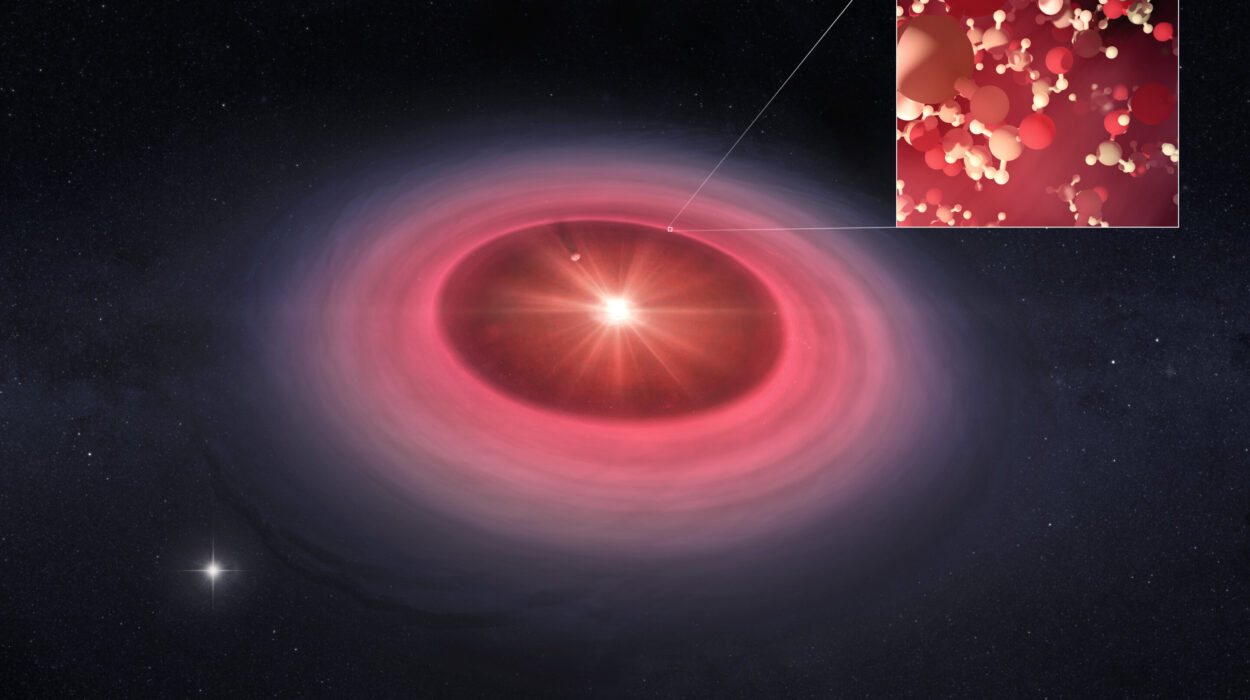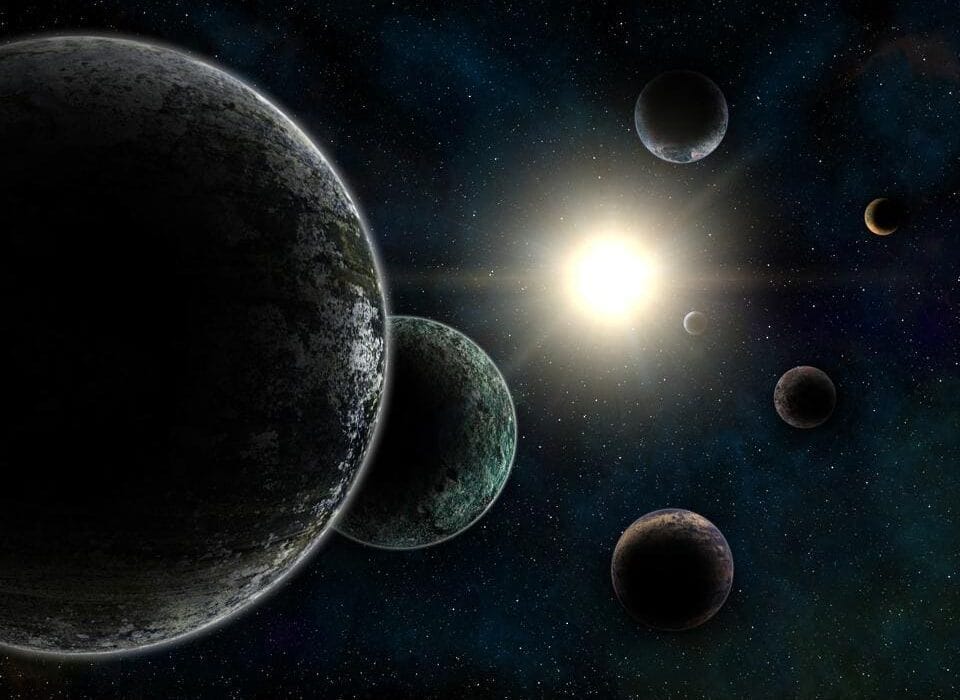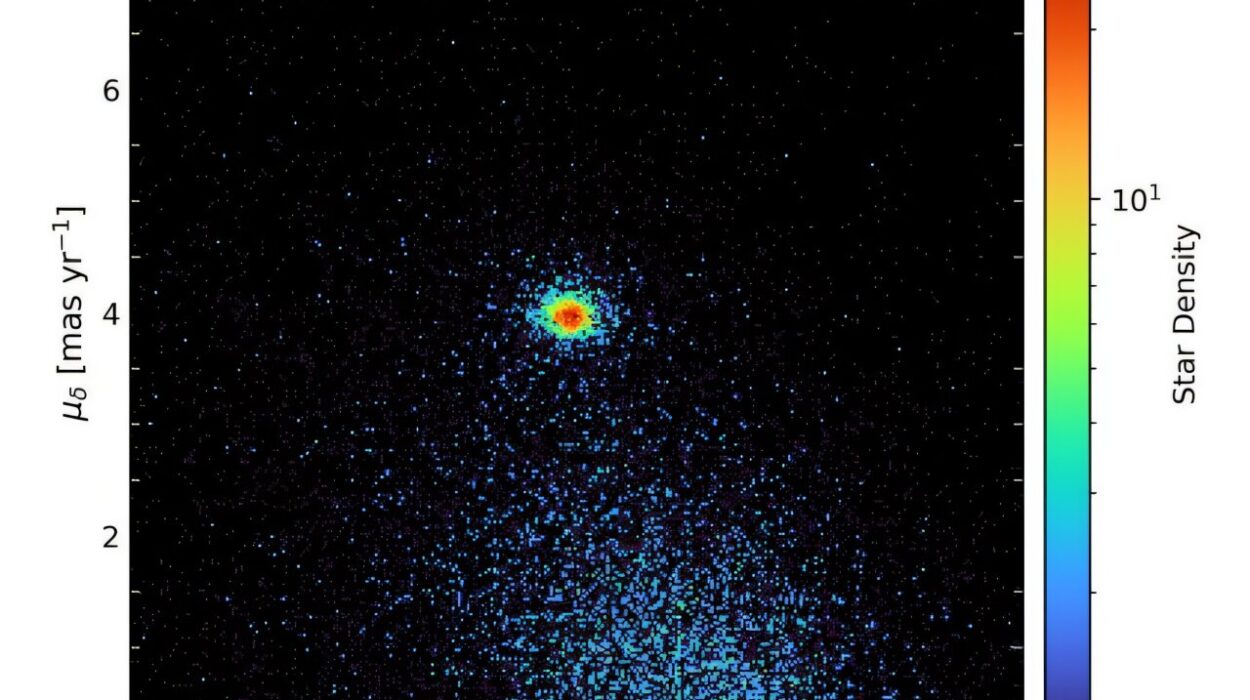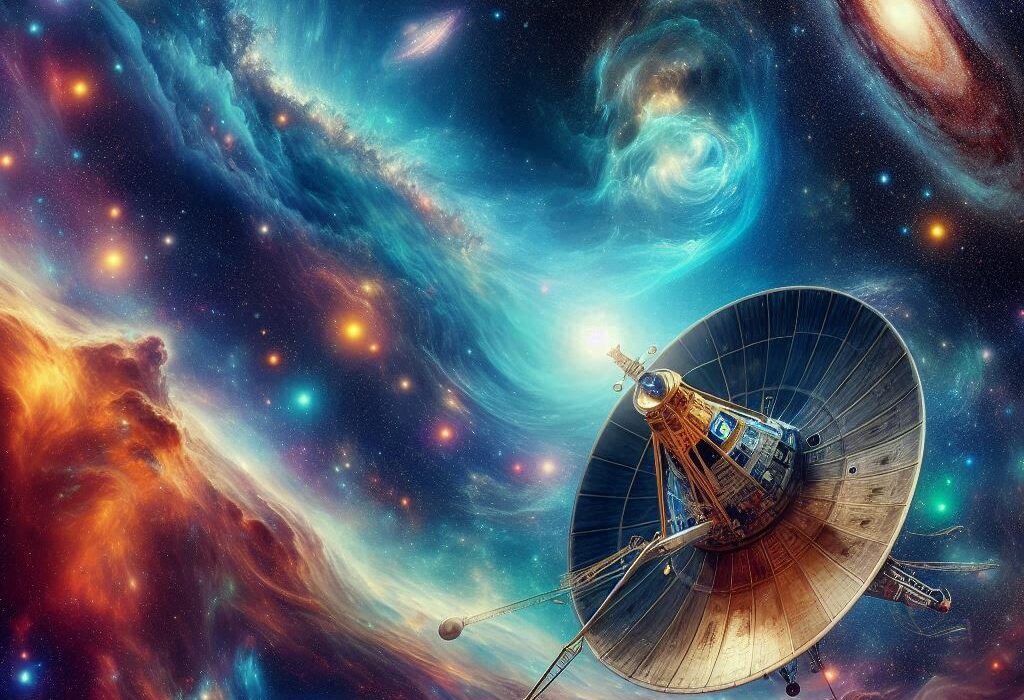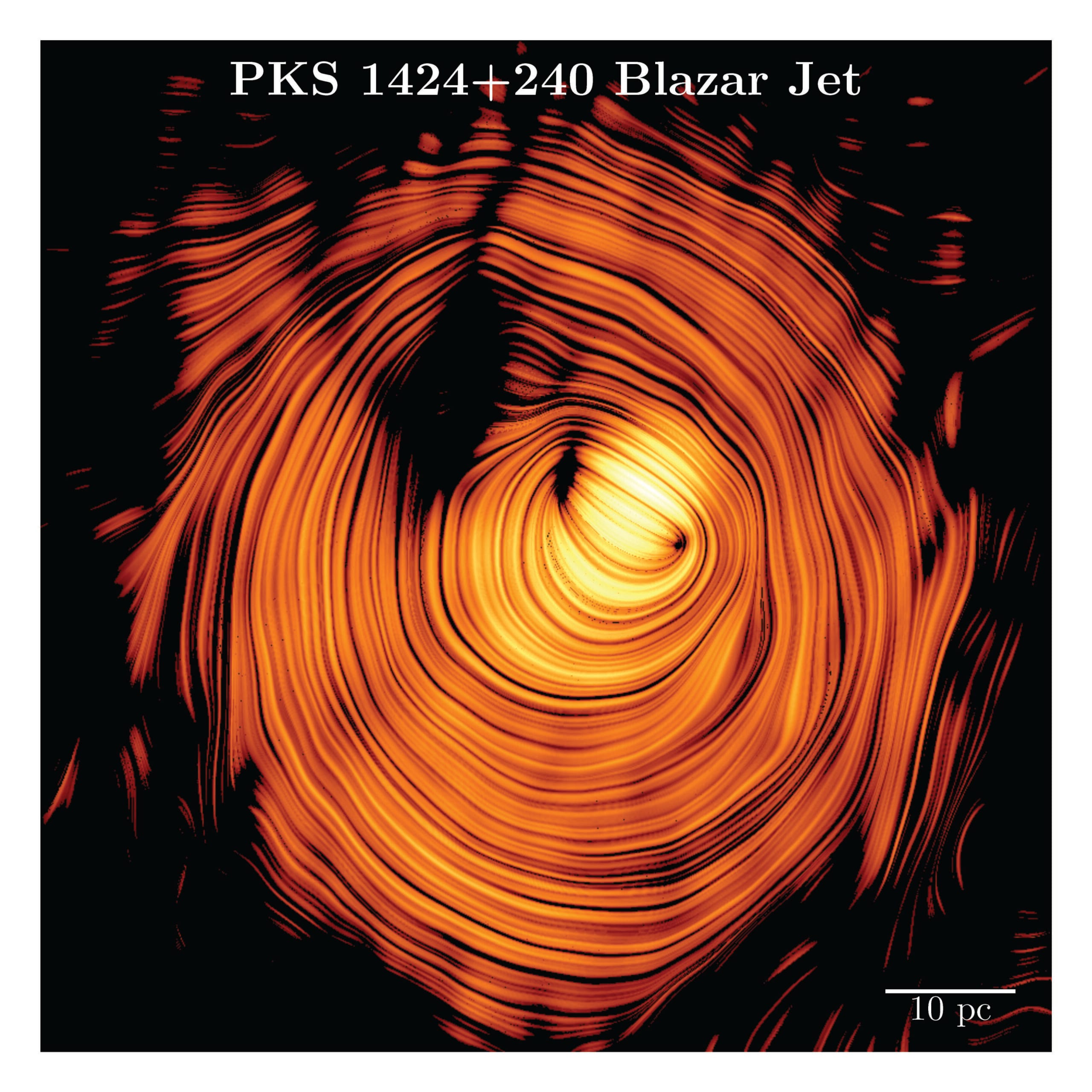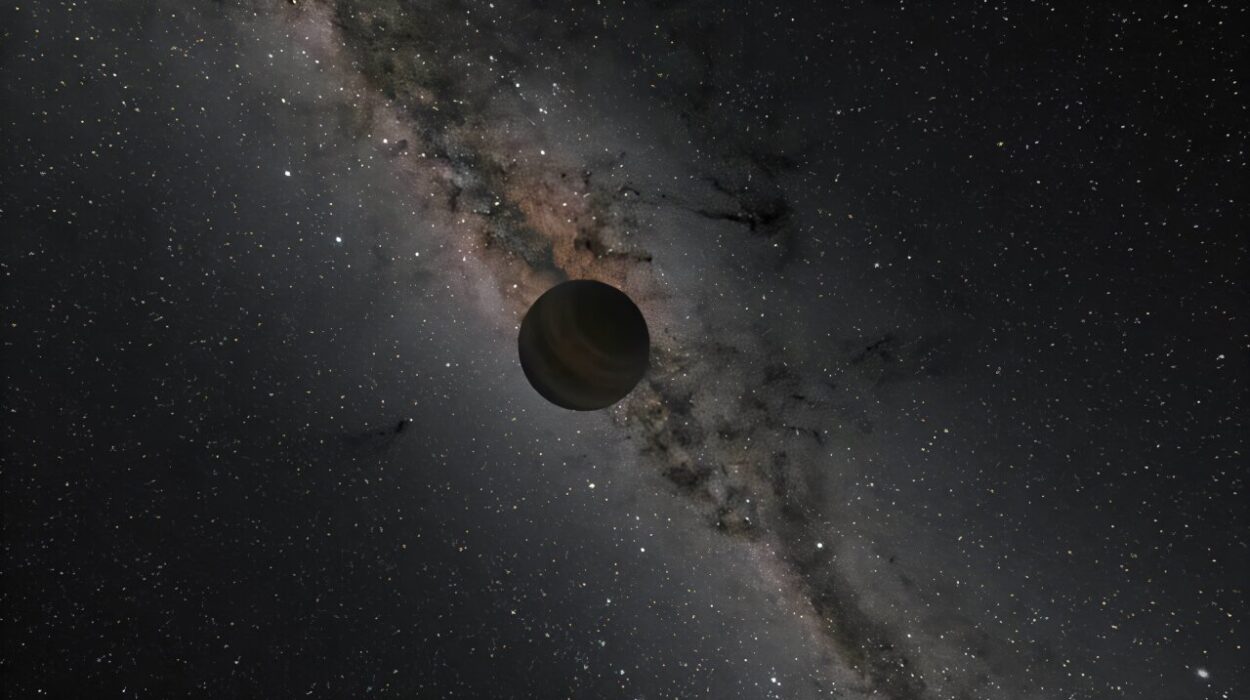The universe is a realm of incredible dynamism, where the forces of gravity orchestrate a grand cosmic ballet between celestial bodies. Among the most awe-inspiring of these dances are the movements of galaxies themselves. A galaxy, an immense collection of stars, gas, dust, and dark matter, is far from a passive structure. Instead, galaxies engage in a gravitational waltz, influenced by the tides of other galaxies, stars, and cosmic forces. These cosmic tides—an elegant interaction between gravitational fields—are at the heart of how galaxies grow, evolve, and sometimes, collide in the grand expanse of the cosmos.
The Nature of Cosmic Tides
Before diving into the specifics of how galaxies dance to the gravitational rhythm of the universe, it’s crucial to understand what these “cosmic tides” are. In essence, a tide is a deformation of the shape or distribution of an astronomical object caused by the gravitational influence of another object. We are most familiar with tides on Earth, such as the rise and fall of the ocean’s waters, driven by the Moon’s gravity. However, the concept of tides extends far beyond Earth’s oceans, reaching all the way to galaxies, star clusters, and even the fabric of space itself.
When two massive bodies, such as galaxies, interact gravitationally, they exert mutual forces on each other. These forces result in tidal effects that can distort, stretch, and warp the shapes of the galaxies involved. But the story doesn’t end there. These tidal forces can lead to a range of outcomes, from minor disturbances in the stars’ positions within a galaxy to dramatic, cataclysmic events like galaxy mergers.
This gravitational dance—one in which galaxies slowly and sometimes violently move through space—determines their long-term evolution, growth, and their eventual fate in the cosmic saga.
The Gravitational Pull: Forces That Shape Galaxies
To understand the phenomenon of cosmic tides, one must first appreciate the immense power of gravity, the force that governs everything in the universe. It is the same force that keeps our feet planted firmly on Earth, that pulls the Moon in its orbit around our planet, and that binds stars, gas, and dust in galaxies across the cosmos. But gravity is not just a passive force; it is constantly active, shaping the destiny of galaxies.
Gravity between galaxies is not unlike the interactions between other massive bodies in the universe. Galaxies, being incredibly massive, have substantial gravitational fields that extend far beyond their visible edges. These fields exert influence on neighboring galaxies, bending and stretching them as they approach. The gravitational force from a nearby galaxy will pull on a distant galaxy’s stars, gas, and other matter, causing it to elongate, deform, or even break apart if the gravitational pull is strong enough.
The process is subtle at first—gradual distortions in shape and structure. But over time, the tides intensify as galaxies move closer together, and eventually, the galaxies may collide. The result is a spectacular fusion or absorption, changing the very nature of the galaxies involved.
The Dance of the Galaxies: Cosmic Interactions and Mergers
Galaxies, like dancers in a grand performance, are constantly moving through space, drawn together by gravity. Some galaxies are solitary, their gravitational influence limited to a small region of space, while others are part of vast galactic clusters. These clusters are immense groupings of hundreds to thousands of galaxies, all bound together by gravity. As galaxies within a cluster move toward each other, their mutual gravitational influence causes them to interact, often in dramatic ways.
One of the most significant outcomes of these interactions is galaxy mergers. Over the course of billions of years, galaxies can collide, leading to the merging of their stars, gas, and dust. When two galaxies collide, their gravitational tides can warp the galaxies in strange and beautiful ways, stretching their spirals or creating new shapes entirely. The merger itself may not always lead to the immediate destruction of stars, but the forces at play can trigger intense star formation, as clouds of gas are compressed by the tidal forces. At the same time, the gravitational interaction may also expel gas and dust from the galaxies, sometimes even leading to the formation of long tidal tails—elongated streams of stars and gas that trail behind the galaxies as they move through space.
One of the most famous examples of a galaxy merger is the collision between the Milky Way and the Andromeda Galaxy. Although this event is still billions of years away from happening (estimates suggest a collision will occur in about 4.5 billion years), the gravitational dance between the two galaxies has already begun. The two galaxies are slowly spiraling toward each other, their mutual attraction tugging at their outer regions. The collision will likely lead to a dramatic transformation, possibly resulting in the formation of a single, much larger elliptical galaxy.
These galactic mergers are not isolated events. The universe is full of them. In fact, galaxies themselves are often formed through the gradual merging of smaller galaxies over cosmic timescales. In the distant past, the universe was filled with tiny, primordial galaxies, and as gravity did its work, these galaxies collided and merged, eventually growing into the massive galaxies we see today.
Tidal Forces and Galactic Cannibalism
Not all galaxy interactions lead to mergers. In some cases, one galaxy may simply be cannibalized by a more massive neighbor. This process is called galactic cannibalism, and it can happen when a smaller galaxy is caught in the gravitational pull of a much larger one. The smaller galaxy is pulled apart by the tidal forces exerted by the larger galaxy, its stars and gas stripped away over time. The debris from the smaller galaxy may eventually be incorporated into the larger galaxy, adding new stars, gas, and dark matter to its composition.
One of the best examples of galactic cannibalism can be seen in the Milky Way’s past. It is thought that the Milky Way has absorbed several smaller galaxies throughout its history, an ongoing process that will continue as the galaxy grows. The most well-known example is the absorption of the Sagittarius Dwarf Galaxy, which is currently in the process of being consumed by the Milky Way. The tidal forces exerted by the Milky Way are gradually tearing the Sagittarius Galaxy apart, and its stars and gas are being pulled into the larger galaxy.
The Role of Dark Matter in Galactic Interactions
While the effects of tidal forces on galaxies are often described in terms of visible matter—stars, gas, and dust—there is another mysterious component at play: dark matter. Dark matter is an invisible substance that makes up the majority of the mass in the universe. While we can’t see it directly, its presence is inferred from the gravitational influence it has on visible matter.
Dark matter plays a crucial role in the gravitational dance between galaxies. Because dark matter does not interact with light, it does not form stars or emit radiation. However, it is believed to make up a significant portion of a galaxy’s mass, and its gravitational pull can influence the behavior of galaxies during interactions. For example, during a galaxy merger, the dark matter halos of the colliding galaxies may interact and combine, influencing the dynamics of the merger itself.
In fact, dark matter is believed to be responsible for the formation of galaxy clusters. The gravitational pull of dark matter is so strong that it can prevent smaller galaxies from being torn apart during a collision, allowing them to merge without losing their structure. This process is thought to have played a significant role in the formation of the largest structures in the universe, such as superclusters of galaxies.
Galactic Tides and the Evolution of the Universe
The gravitational dance of galaxies is not just a fascinating spectacle; it also plays a crucial role in the evolution of the universe. These interactions drive the formation of new galaxies, shape the structure of the cosmos, and influence the distribution of dark matter and visible matter throughout space. Through the process of galaxy mergers, the universe slowly transitions from a chaotic, clumpy structure into the more organized system of galaxies, stars, and planetary systems we observe today.
In the early universe, galaxies were much smaller and more irregular in shape. Over time, as galaxies collided and merged, they began to form larger, more structured galaxies. This process is thought to have led to the formation of the cosmic structures we see today, from the sprawling clusters of galaxies to the intricate webs of dark matter that connect them.
The gravitational interactions between galaxies also help to shape the distribution of stars within galaxies. When galaxies merge, the tidal forces can trigger waves of star formation, creating bursts of new stars as gas clouds are compressed. At the same time, the tidal forces can cause older stars to be scattered across the galaxy, often ejecting them from the galaxy altogether.
In this way, cosmic tides are responsible for much of the dynamism we see in the universe. Galaxies are not static objects—they are constantly evolving, growing, and interacting with their surroundings, driven by the gravitational dance of the cosmos.
The Future of Cosmic Tides: A Universe in Motion
As we look forward into the future of the universe, the gravitational dance of galaxies will continue to shape the cosmos. The ongoing collision between the Milky Way and Andromeda will eventually result in the creation of a new, larger galaxy. But this will not be the end of galactic mergers. Over billions of years, even larger galactic clusters will continue to collide, merge, and evolve.
In the distant future, the expansion of the universe itself may play a role in the cosmic dance. As galaxies move farther apart due to the expansion of space, some may be unable to interact with one another. However, the effects of dark matter and gravity will continue to influence the movement of galaxies, ensuring that the cosmic ballet never truly ends.
Ultimately, the gravitational forces that govern the universe will continue to shape the cosmos in ways that we can only begin to understand. The tidal forces between galaxies are an ongoing reminder that the universe is not a static, unchanging place—it is a dynamic, ever-evolving entity, where galaxies and stars move through the vast emptiness, constantly influenced by the cosmic tides of gravity.
Conclusion: The Infinite Dance
The universe is a place of constant motion, and the dance of galaxies is one of its most majestic performances. From the gentle stretching of a galaxy’s form to the dramatic collision and merger of galactic titans, the gravitational interactions between galaxies tell a story of constant evolution, creation, and destruction. These cosmic tides shape the very structure of the universe, driving the formation of new galaxies, the birth of stars, and the destruction of others. As we continue to explore the universe, we will undoubtedly uncover even more mysteries hidden in the gravitational dance of galaxies, learning more about the forces that have shaped the cosmos since its very beginning.
And so, the cosmic waltz continues, an eternal dance across the fabric of space and time, as galaxies, stars, and dark matter interact in ways that are as beautiful as they are incomprehensible.
